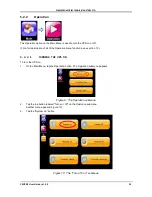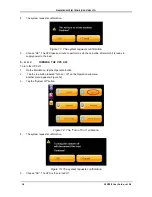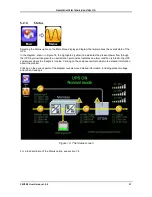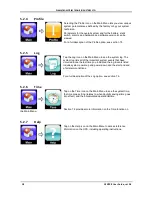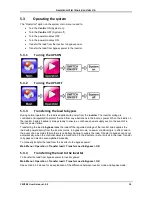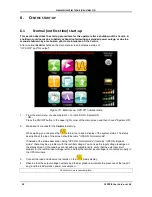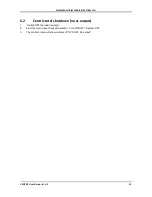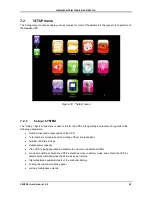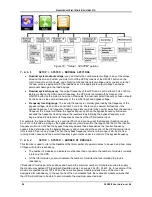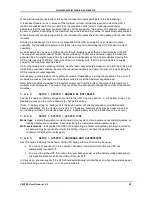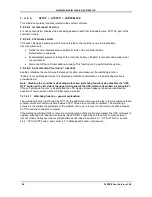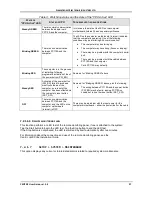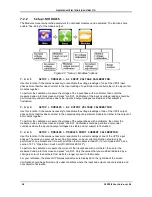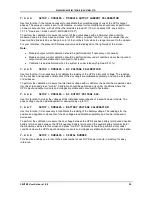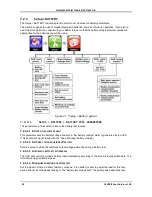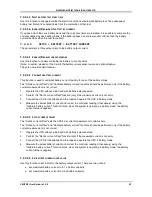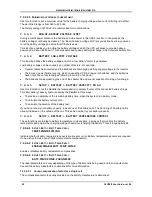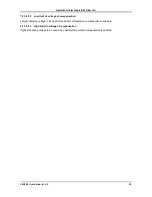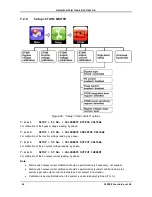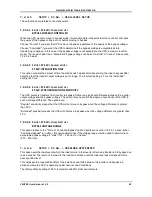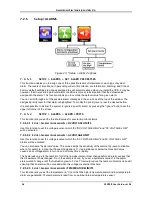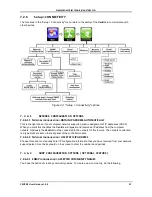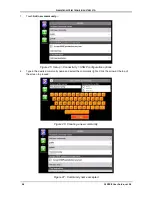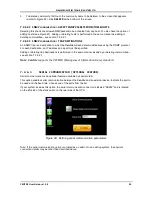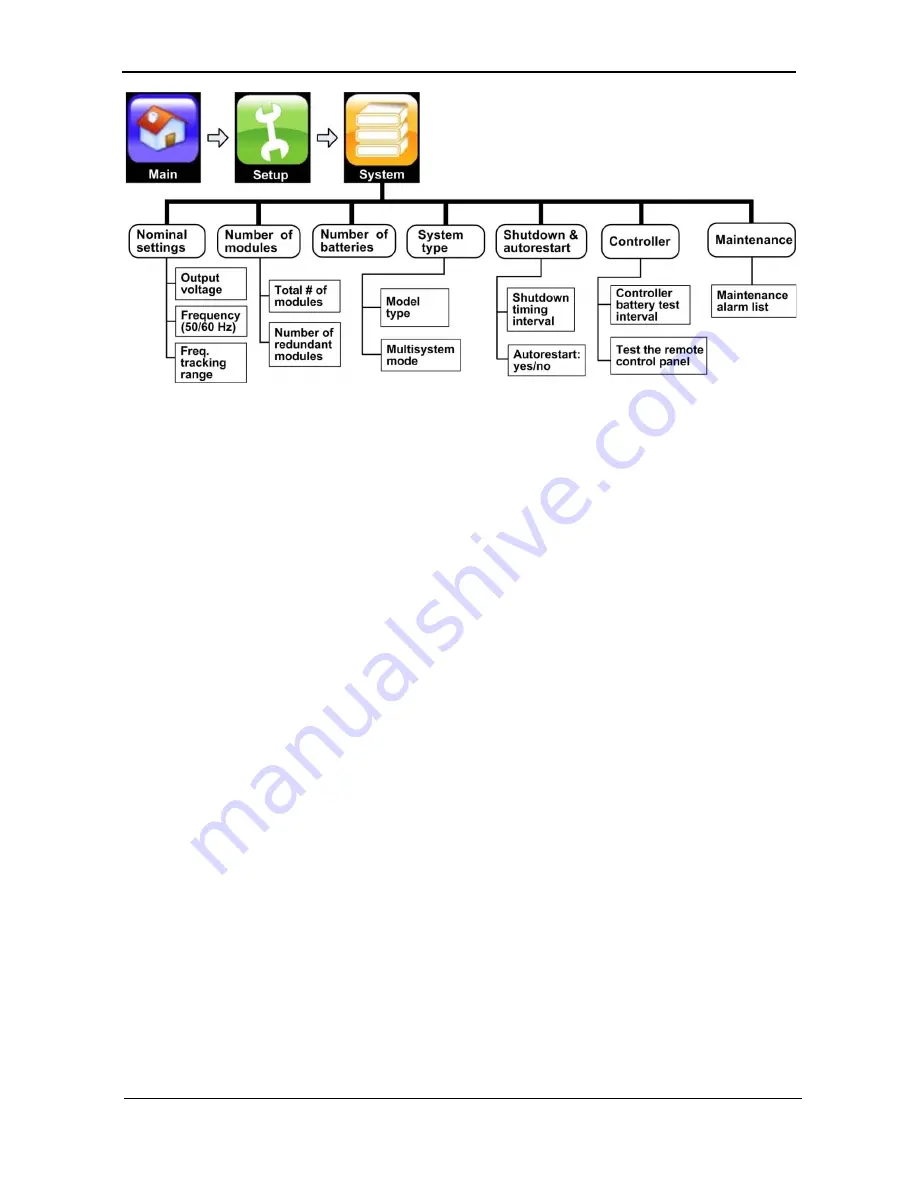
G
AMATRONIC
E
LECTRONIC
I
NDUSTRIES
L
TD
.
24
CENTRIC User Guide, rel. 3.4
Figure 19: "Setup > SYSTEM" options
7.2.1.1
SETUP > SYSTEM > NOMINAL SETTINGS
•
Nominal system output voltage:
you can modify the nominal output voltage to any of the values
listed on the screen, but first you must turn off the UPS by means of the ON/OFF button on the
main menu screen. Obviously, you should not change the output voltage unless you are sure that
the new value is appropriate for the load devices. An inappropriate output voltage can cause
permanent damage to the load devices.
•
Nominal system frequency:
the output frequency of the UPS can be set to either 50 Hz or 60 Hz.
Before modifying the UPS nominal frequency, the UPS must be turned off by means of the
ON/OFF button on the main menu screen. Obviously, the nominal system frequency chosen should
be the same as the nominal frequency of the rectifier input and bypass voltage.
•
Frequency tracking range:
The inverter frequency is normally governed by the frequency of the
bypass voltage, which will be a nominal 50 or 60 Hz. There may be natural fluctuations in the
bypass frequency. The frequency tracking range lets you determine how far away from the nominal
frequency the inverter will follow the bypass frequency. When the bypass frequency fluctuation
exceeds the frequency tracking range, the inverter stops following the bypass frequency and
begins instead to determine its frequency by means of the UPS's internal clock.
For example, the bypass frequency is a nominal 50 Hz, and you have set the frequency tracking range to
be
±
2 Hz. In this case, as long as the bypass frequency remains within the range of 48–52 Hz, the inverter
frequency will mirror it. When the bypass frequency passes these boundaries, the inverter frequency
ceases to be determined by the bypass frequency and comes under the control of the UPS's internal clock
(this is called "free-running mode"). When the bypass frequency returns to the range of 48–52 Hz, free-
running mode ceases and the inverter frequency again comes under the control of the bypass frequency.
7.2.1.2
SETUP > SYSTEM > NUMBER OF MODULES
This function is used to inform the
Centric
of the total number of power modules to be used, and how many
of those will provide redundancy.
•
The number of modules you indicate must be less than or equal to the number of modules currently
in-place in the UPS.
•
Of the total modules, you must indicate the number of modules that are intended to provide
redundancy.
("Redundant" modules are those above and beyond the minimum number of modules required to supply
the maximum expected UPS load. Each
Centric
module can supply 25 kVA / 25 kW. So, for example, if the
maximum expected load is 100 kW, and there are five power modules installed, one of them can be
designated for redundancy. In the event one of the five modules fails, the redundant module ensures that
the UPS will continue to be able to accommodate the maximum expected load.






